
A guide to every Premier League club’s stadium plans
Highlights
- Premier League clubs are modernising stadiums to improve the fan experience and increase revenue.
- Whether it’s moving into a new home like Everton or redevelopment like Liverpool, clubs up and down the country are trying to maximise what they can from their homes.
- GIVEMESPORT has now revealed the latest on every Premier League club’s current stadium and plans.
The Premier League is well known for not just providing arguably the most entertaining league in the world, but also some of the best atmospheres and stadiums. Football is constantly changing, and along with that is the need to modernise its stadiums, whether that’s increasing the capacity to help increase match-day revenue or to update the stadium facilities. The modernising of stadiums is geared towards improving the fan experience, and finding ways to keep supporters inside the stadium facilities instead of going elsewhere for a pre-game drink or food.
It makes perfect sense for Premier League clubs to improve their facilities, even if it does come with a short-term cost. The revenue it can bring can then be put towards things like transfers, which are of huge importance to any club to move forward. In the shadow of the pandemic, there was a sense that clubs’ attitudes towards their supporters shifted somewhat. The majority are now looking at creative ways to improve the supporter experience, whether that’s upgrading existing facilities or opening new ones within the stadium grounds, such as bars and restaurants, and things that can be used 12 months of the year.
Below is every Premier League stadium, their current capacities, and any potential plans to expand or move entirely. Some teams are happy with their current homes, while others are working on improvements right now or plotting another place to move into.
Arsenal – Emirates Stadium
Capacity: 60,704
Arsenal moved to the Emirates in 2006, moving from their beloved HIghbury. The initial few years at the new stadium brought struggles to recreate the famous Highbury atmosphere, but with the Gunners now challenging for the Premier League title in recent years, the atmosphere has improved massively. The Emirates now generates the kind of atmosphere the club craved when drawing up plans to move stadiums.
The club have not redeveloped the Emirates since their move in 2006. There has, however, been changes to the artwork outside the stadium in January 2023. Eight panels were created to show the club’s overall impact across all forms of football, from the men’s and women’s sides to the academy. In addition to the artwork, the club unveiled a statue of their former manager, Arsene Wenger, who managed the Gunners for 22 years, and won three Premier League titles during that time.
There are currently no plans to redevelop the stadium. However, this is something the club look at frequently, and there will certainly be talks about improving the facilities in some way. But at present, the club are happy with the Emirates, and are looking forward to many more years there, with the hope that they will soon lift the Premier League trophy again.
The Emirates is the fifth-largest stadium in the Premier League; three of the four larger stadiums have all recently been built or redeveloped in the shape of the Tottenham Hotspur Stadium, London Stadium and Anfield. This shows that the Emirates was ahead of its time in many ways, and will likely remain one of the largest stadiums in the Premier League for years to come.
Aston Villa – Villa Park
Capacity – 42,530
Villa Park is one of a number of Premier League grounds that have not seen any changes for quite some time now. In fact, the last changes made to Aston Villa’s ground came in the 2000/2001 season. Those changes were made by building a larger Trinity Road Stand, which was built from scratch. Since these changes to the stadium, there have been consistent calls for more to be made.
Especially under the lights, when in full voice, Villa Park is a special place to be. It generates a unique atmosphere, and the club are wary of any further changes hampering that. Over 20 years have now passed, and the supporters are eager for the redevelopment of Villa Park. Plans are in place to increase the capacity by 8,000 by 2027, a season before EURO 2028, and Villa Park has been chosen as one of the host stadiums. The additional 8,000 would bring the stadium’s overall capacity to over 50,000. The proposed plans are complicated though. The club intend to completely knock down the North Stand, before wrapping it in the connecting Trinity Road Stand.
The progress has been slow in terms of getting the plans underway after the club ran into multiple problems such as; inflation, lack of transport and on-site parking around Villa Park. The plans require further feasibility studies. It’s a frustrating process but one the club hope will finally come to an end and building work can take place.
The club unveiled plans for the redevelopment of Villa Park in 2022, and one of the key aspirations was “a stadium that is for more than just football”, which is something a lot of clubs are aspiring to. This will allow Villa to compete with some of the biggest clubs in the Premier League, and with the club performing incredibly well under Unai Emery, things are nothing but positive at Villa Park.
Bournemouth – Vitality Stadium
Capacity – 11,307
The feeling when in attendance at the Vitality Stadium is a curious one, everything feels very temporary and there’s not much character to the stadium. While the support is great, the facilities leave a lot to be desired, with the last redevelopment being done in 2013, two years before the club were promoted to the Premier League.
The redevelopments in 2013 saw the unveiling of the Ted Macdougall Stand by the man himself. With Bill Foley acquiring the club in 2022, there’s a real hunger to increase revenue streams and improve the commercial operations of the club. Bournemouth are currently assessing their options, whether to increase the capacity of the Vitality Stadium or to build a new ground altogether.
Foley is eager to have a 20,000-seater stadium according to The Athletic, which would see an increase of around 9,000 if it were to happen at the Vitality Stadium, and supporters are surely keen to see some major improvements. The club is slowly becoming a stable Premier League side and that will help with revenue streams and aid their redevelopment plans.
Foley’s immediate priority is to build a new training ground at Canford Magna, which would see the club move away from the temporary complex adjacent to the Vitality Stadium. Changes to the club’s facilities are desperately needed, and they are exploring all possible options which will no doubt please fans who are eager to have a more permanent and modern feel to the stadium.
Capacity – 17,250
Along with Bournemouth’s Vitality Stadium, the Gtech Community Stadium is one of the smallest in the top two divisions. Brentford moved to the Gtech in 2020 from Griffin Park. As a result, there hasn’t been a need to make too many changes in that time. The biggest change was to introduce safe standing in the stadium. 1,700 seats were turned into a safe standing area in the West Stand ahead of the 2022/23 campaign.
The stadium is built on a very tight piece of triangular land, so any plans to increase capacity are virtually impossible. However, the club are more than happy with the current set-up and have no redevelopment plans in the pipeline. There’s a real charm to the Gtech, and it generates a fabulous atmosphere, with the club cementing themselves as a stable Premier League club, there is no real need to change anything when things are going as well as they are.
Brighton and Hove Albion – Amex Stadium
Capacity – 31,876
The Amex was opened in 2011, and at the time the capacity was 22,500 until it increased to its current capacity in 2012. The last redevelopment of the stadium came at the beginning of the 2023/24 season with the opening of a tunnel club, joining the likes of Tottenham and Manchester City with similar initiatives.
A tunnel club gives supporters a unique experience by being able to see the players through one-way glass in the tunnel in a fine dining restaurant before watching the game above the tunnel in luxurious heated seats. For a minimum of three years, a supporter will pay £30,000 for the experience, a real change in how a supporter watches football, and a great way to increase revenue while improving the matchday experience for the supporters.
There are no plans to change the Amex in terms of increasing the capacity. However, there are plans to give the walkway surrounding the stadium a face-lift. These plans include a fan zone which will be available to supporters throughout the year for the screening of different sports events and concerts. The fan zone is expected to be completed before the start of the 2024/25 season.
The club is also planning to build a second stadium in the city, which will be for the women’s side. The stadium is expected to have a capacity of around 10,000, and Brighton have come up with a shortlist of sites that could be used for the stadium. The women’s side have shared Crawley’s Broadfield Stadium, and the new stadium will see the side have a permanent home.
Burnley – Turf Moor
Capacity – 21,744
Since ALK Capital’s takeover in December 2020, the club have made improving supporters’ experience at Turf Moor one of their main priorities. The last changes to the stadium came before the takeover of the club in 2019, building two corner stands either side of the Jimmy McIlroy Stand to improve the disability facilities and stadium access.
Currently, there are no plans to radically change Turf Moor and any changes in terms of increasing the capacity are made challenging by the close proximity to the road and neighbouring Burnley Cricket Club’s ground. Like other Premier League clubs, Burnley are committed to implementing safe standing at Turf Moor, and those plans are still in place.
ALK Capital inherited a stadium in desperate need of modernisation, but despite the minor improvements the owners have made since taking over the club, Turf Moor still requires updating. There’s a real charm and character to the stadium, and it feels like a proper football club, one still in another point in time. The challenge for the owners will be to juggle keeping its unique old charm, but at the same time updating the stadium facilities.
Chelsea – Stamford Bridge
Capacity – 40,173
Stamford Bridge is showing signs of age amid a lack of any major improvements in over two decades. Despite that, though, Chelsea supporters are firm in their belief that it will remain their home for many more years. In the modern day, it’s rather rare for a top club to have an old-fashioned style stadium, and that adds to its unique atmosphere.
The last major changes to Stamford Bridge were made in 2001 with the building of the West Stand. The stand’s capacity is 13,500, and it’s also where the VIP and hospitality suites are located. Chelsea, despite the size of the club, has the 10th highest capacity in England, and since Todd Boehly’s acquisition of the club in 2022 they have prioritised talks over the possibility of whether to rebuild Stamford Bridge or to move elsewhere.
The club have spent in the region of £80 million on purchasing a 1.2 acre plot of land next to Stamford Bridge, but are yet to commit to building a new stadium on the site. If the club were to be redeveloped, they would have to play at a different venue for up to five years while the work is being carried out. Earls Court Exhibition Centre is a consideration, but no concrete plans are in place, and any changes would need the backing of the supporters who are reluctant to move.
Crystal Palace – Selhurst Park
Capacity – 25,486
Selhurst Park generates one of the best atmospheres in the Premier League, but the stadium itself has not undergone any major changes since 1994. This was when the Holmesdale Road End was converted from terracing. The need to modernise the stadium is great, and there are plans in place for a new Main Stand to be built.
Crystal Palace’s plan is for work to commence on the new Main Stand at the end of the 2023/24 season and the hope is for the work to be completed in time for the start of the 2026/27 campaign. After so long without any major improvements to Selhurst Park, the news of the plans getting the go ahead was very welcome indeed.
The redevelopment work is expected to be funded through a capital call of the club’s shareholders. The key to any redevelopment will be to keep the incredible atmosphere. Losing that would be soul-destroying for a London club with a difference. There’s a different feeling about attending Selhurst Park than any other club in London, and the club will need to work hard to keep that alive once work has been completed.
Everton – Goodison Park
Capacity – 39,414
Goodison Park’s time is coming to an end with work on their new stadium on the Bramley-Moore Dock site expected to be completed by the end of 2024. While there is no concrete move-in date for Everton’s new stadium, discussions have taken place about moving to the stadium before the start of the 2025/26 season.
The cost of Everton’s new stadium is expected to be around £760 million, and 777 Partners are committed to its completion as part of their takeover agreement with Farhad Moshiri. The proposed capacity of Everton’s new stadium is 52,888, an increase of over 13,000 compared to Goodison Park. The impressive build has been chosen as one of the host stadiums for Euro 2028, so any move-in date would have to be before the competition starts.
In February 2024, it was confirmed that the structural work of the stadium bowl is complete, while the club’s chief commercial and communications officer, Richard Kenyon, said that the Toffees have made “good progress” over securing a stadium naming rights partner. Everton fans were also treated to a behind-scenes look at the current situation surrounding the stadium, with the Merseysiders posting a video of former star Phil Jagielka being taken on a tour inside the new home dressing room.
Fulham – Craven Cottage
Capacity – 24,500
Craven Cottage is situated along the banks of the River Thames, and it is a truly remarkable football stadium both in looks and the atmosphere created. After their promotion to the Premier League in 2001, Craven Cottage underwent development work to turn it into an all-seater stadium. Since then, there have been minor changes to the ground resulting in small increases in capacity.
The most recent changes came in 2022, with the expansion of the dressing rooms to accommodate the extra substitutes required in England’s top-flight. There are more changes to come, and the redevelopment of the Riverside Stand has been years in the making. The plans came to the fore in 2013 but are now becoming a reality. The redevelopment of the Riverside Stand will include building a four-star hotel, a health club, and bars and restaurants. Work began in 2019 and was originally due to be completed in 2021. However, COVID put a stop to that progress and has since seen the plans stall.
The current plan is to have the Riverside Stand open ahead of the 2024/25 season, though the hotel and members club is not due to open until 2025. Once the plans have been completed, it will increase the capacity at Craven Cottage to 29,600. It has certainly been an expensive venture, with a reported cost of £130 million. The hope is that the club will be able to be run sustainably in the Premier League. Fulham’s plans are exciting, and supporters are eager to see everything completed.
Liverpool – Anfield
Capacity – 54,074
Anfield is seen as one of the most iconic stadiums in European football, and supporters belting out the famous “You’ll never walk alone” anthem can send shivers down people’s spines. The last redevelopment of Anfield was completed back in 2016 increasing its capacity to 54,000 with the changes to the Main Stand.
Liverpool are in the process of completing an £80 million redevelopment project on the Anfield Road Stand. However, it is thought that work will not be completed until later in 2024. The plan is to add another 7,000 seats to the stand, which would increase the capacity of Anfield to over 61,000. There have been many delays with the latest plans, but the club are still hopeful of the work being completed in 2024, though no date has been specified.
There is growing concern that the further increase in capacity will impact the atmosphere at Anfield – a worry that was initially raised on the back of the increase in 2016. Getting the balance right between increasing the capacity, adding further revenue, and keeping Anfield’s famous atmosphere intact, is crucial for Liverpool.
Luton Town – Kenilworth Road
Capacity – 11,050
When Luton Town secured promotion to the Premier League via the Championship Play-Offs ahead of the 2023/24 season, it saw opposition teams’ supporters show excitement at the thought of being able to attend the famous ground. The walk into the away end through the adjoining terraced houses is something to behold, and brings back memories of years gone by.
Luton’s promotion saw the club scramble to increase the capacity of Kenilworth Road from 10,356 to bring it up to Premier League standards. Their first game of the 2023/2024 season against Burnley had to be postponed as the changes were yet to be completed. The plans to bring the stadium up to Premier League standards revolved around the Bobbers Stand, which has a television gantry as well as supporter seating.
Luton hope to say goodbye to Kenilworth Road and move to a new site next to Luton train station. The proposed new stadium will have an initial capacity of 19,500 with further plans to increase to over 23,000, with the next stage being ready to meet with Luton Council and the Environmental Agency. The club is determined to have work on the new site completed in 2026 with their position in the league not having a bearing on the plans.
Manchester City – Etihad Stadium
Capacity – 53,400
Manchester City’s previous stadium, Maine Road, had soul and a certain energy to it that cannot be recreated. The Etihad Stadium’s last changes came in 2015 when the club increased the capacity by over 7,000 with the redevelopment of the South Stand. The stadium is perhaps the epitome of a modern day stadium, a bowl-like structure with the ability to increase the capacity further.
The next stage in the development of the Etihad Stadium is to add another 5,000 seats in the North Stand, which would increase the overall capacity at the Etihad Stadium to over 60,000. There are also plans in place to create a covered fan area that can hold 3,000 people, a new club shop and museum, and the club are also planning to build a 400-bed hotel. However, the hotel is not due to open until 2026.
Building on the North Stand is due to be completed in 2025 as Manchester City continue to progress both on and off the pitch. The growth of the club since Sheikh Mansour’s takeover in 2008 has been remarkable, and has seen the club land an impressive haul of trophies over the last decade or so.
Manchester United – Old Trafford
Capacity – 74,031
The scale of Old Trafford is incredible, and while some parts of the stadium require work to bring it up to date, there’s no denying the aura it creates. Despite the frosty relationship between the Glazer family and Manchester United supporters, the club have spent large sums of money on improvements to the stadium.
In 2022, a paint job was completed, and it gave Old Trafford a much-needed face-lift. Upon his arrival at the club, Erik ten Hag requested the club build a new lounge for himself and the players to use before home games. This replaced one of the hospitality sections in the Sir Bobby Charlton Stand.
In April 2022, United hired architects, Populous, and management firm, Legends International, as planners and consultants for a revamp of Old Trafford. Many options were assessed, including increasing Old Trafford’s capacity even further. Sir Jim Ratcliffe’s agreement to a 25% stake in the club will not hamper any further developments – indeed, the British businessman is committed to improving Old Trafford and is prepared to provide £245 million of his own wealth to do so.
Having seen his investment finally confirmed in February 2024, Ratcliffe’s ambitious proposals for United has come to light. The Daily Telegraph reported Ratcliffe wants to create a ‘Wembley of the North’, setting up a new stadium that would rival the 90,000-seater one back in London. The report added the billionaire is against the idea of relocating the club, but feels fans would be behind a potential new stadium if it remained on the same land.
Newcastle United – St James’ Park
Capacity – 52,257
A stadium situated slap bang in the middle of the city, and can be seen from just about any vantage point as it sits on top of a hill. It’s rare for a stadium to be located in the middle of a city, and St James’ Park provides surroundings like no other. There has been very limited work done to the stadium over the last few decades since the expansion of the Milburn Stand and Leazes End in the 90s.
In 2005, Shearer’s bar was added to the Gallowgate End. Due to its location, any development plans are very tricky and the club’s owners have been working hard to find a way to increase the capacity of St James’ Park without having to move away from the site completely. The plans the club have in place and agreed to will not alter the stadium. The plans will see the introduction of a fan-zone on Strawberry Place behind the Gallowgate, with the area including bars, restaurants and big screens.
Work is expected to be completed in 2024, and will be a welcome addition to the area around St James’ Park. The club is hoping to transport the stadium to the modern era, and increase the capacity. However, the listed buildings behind the Leazes End make any expansion very difficult. A new stadium would be controversial, but the club are exploring all options available to them as they look to improve supporter experience at Newcastle United.
Nottingham Forest – City Ground
Capacity – 30,404
Nottingham Forest gave the stadium a face-lift in 2023, which included the refurbishment of the dressing rooms, tunnel area, and the construction of a new media suite. Since their promotion back to the Premier League ahead of the 2022/23 season, the atmosphere has really transformed. The club is hoping to reestablish themselves as a stable Premier League club, and not get sucked back down to the lower leagues. The supporters are enjoying the ride, and it has resulted in a magnificent atmosphere.
The club’s hierarchy are eager to increase the capacity further over the 30,000 mark. To do this, the club plan to take some inspiration from Stadium 974, which was used at the 2022 Qatar World Cup and was built entirely out of shipping containers. No plans are finalised as of yet to achieve this bold expansion however.
The club also hope to improve the supporter experience around the City Ground, and are looking to redevelop some of the areas surrounding the stadium. Looking further ahead, the club plan to knock down the Peter Taylor Stand and rebuild it with Champions League standard facilities. There is no official completion date for this plan. However, there is hope that chairman, and lifelong Forest fan, Tom Cartledge, will accelerate those plans.
Sheffield United – Bramall Lane
Capacity – 32,050
As with many other stadiums in the Premier League, Bramall Lane was given a bit of a touch up in 2022 with a paint job to make it look smarter in appearance. Bramall Lane can create a raucous atmosphere as the famous anthem “The greasy chip butty song” rings around the ground. Clubs that are in and out of the Premier League often create a different kind of atmosphere than teams who are perennially in the top-flight.
The last real update to this famous old ground came in 2009 when the gap between the South Stand and the Bramall Lane Stand was finally filled in, with a new corner-stand that also included a hotel. Due to Sheffield United’s lack of financial clout compared to the rest of the Premier League, any real chance of an expansion to Bramall Lane is very slim.
There have been previous talks regarding the removal of pillars in The Kop that obstruct the view of so many supporters. However, these plans will not come to fruition until a new owner is in place at the club. In the meantime, there are no other plans to change Bramall Lane or the surrounding areas.
Tottenham Hotspur – Tottenham Hotspur Stadium
Capacity – 62,850
The stadium opened in 2019 after a move from White Hart Lane via a temporary home at Wembley Stadium. Its draw is undoubted, and is seen as one of the best stadiums in the country in terms of its supporter experience. The club spent a lot of time and money on developing a stadium that would almost be timeless, and since its opening there haven’t been any major developments due to the building being so young.
Tottenham have made great use of their stadium, with the only custom-built gridiron pitch outside the USA, and it is the NFL’s European home. This provides Tottenham with added revenue to compete with the biggest teams in the Premier League. The stadium has also hosted music concerts, boxing and rugby since it opened its doors. The Tottenham Hotspur Stadium is seen as one for all seasons, and able to cater for a variety of different events, which only adds to its appeal. There are no plans in place to redevelop the stadium – after all, it is still relatively new and seen as one of the best in the country.
West Ham United – London Stadium
Capacity – 62,500
Originally built and used for the 2012 Olympics in London, West Ham moved to the London Stadium from Upton Park in 2016. There is no denying its size and the perception of an international venue. However, since the club moved to the stadium there have been concerns that it doesn’t quite suit being a football ground.
Before the 2022/23 season, the capacity of the London Stadium was increased from 60,000 to its current capacity of 62,500. This was made possible by redevelopment work on the West Stand. Before the increase in capacity, the club installed a claret carpet around the outside of the playing field, to give the place a more homely feel.
At present, there are no plans to make any changes to the London Stadium. The club is happy with the current setup of the ground and the surrounding areas. West Ham are eager to keep on progressing both on and off the pitch, and are open to implementing changes in the future to improve the supporter experience.
Wolverhampton Wanderers – Molineux
Capacity – 31,750
The Stan Cullis Stand was opened in 2012, and enhances the atmosphere at Molineux exponentially by bringing the stadium to its current capacity of 31,750. The mix of modern facilities and an authentic atmosphere make Molineux one of the best in the country in terms of supporter experience. For many opposition supporters, Molineux is a must attend on the away day calendar.
The redevelopment of the Stan Cullis Stand was the first major development of the ground since 1993, when the Jack Harris Stand was opened, which is now named the Sir Jack Hayward Stand. This replaced the oldest section of terracing at Molineux , and transformed it into an all-seater stadium.
Wolves have an idea of what they want to do with Molineux in the future. However, there are no concrete plans to turn those ideas into reality. The intention is to increase the capacity to over 50,000 by filling in the open corners of the ground and redeveloping the Steve Bull and Sir Jack Hayward Stands in the same light as the Stan Cullis Stand. COVID stalled any plans from going ahead, and the club are yet to make a further announcement on the proposed expansion of the stadium.
,

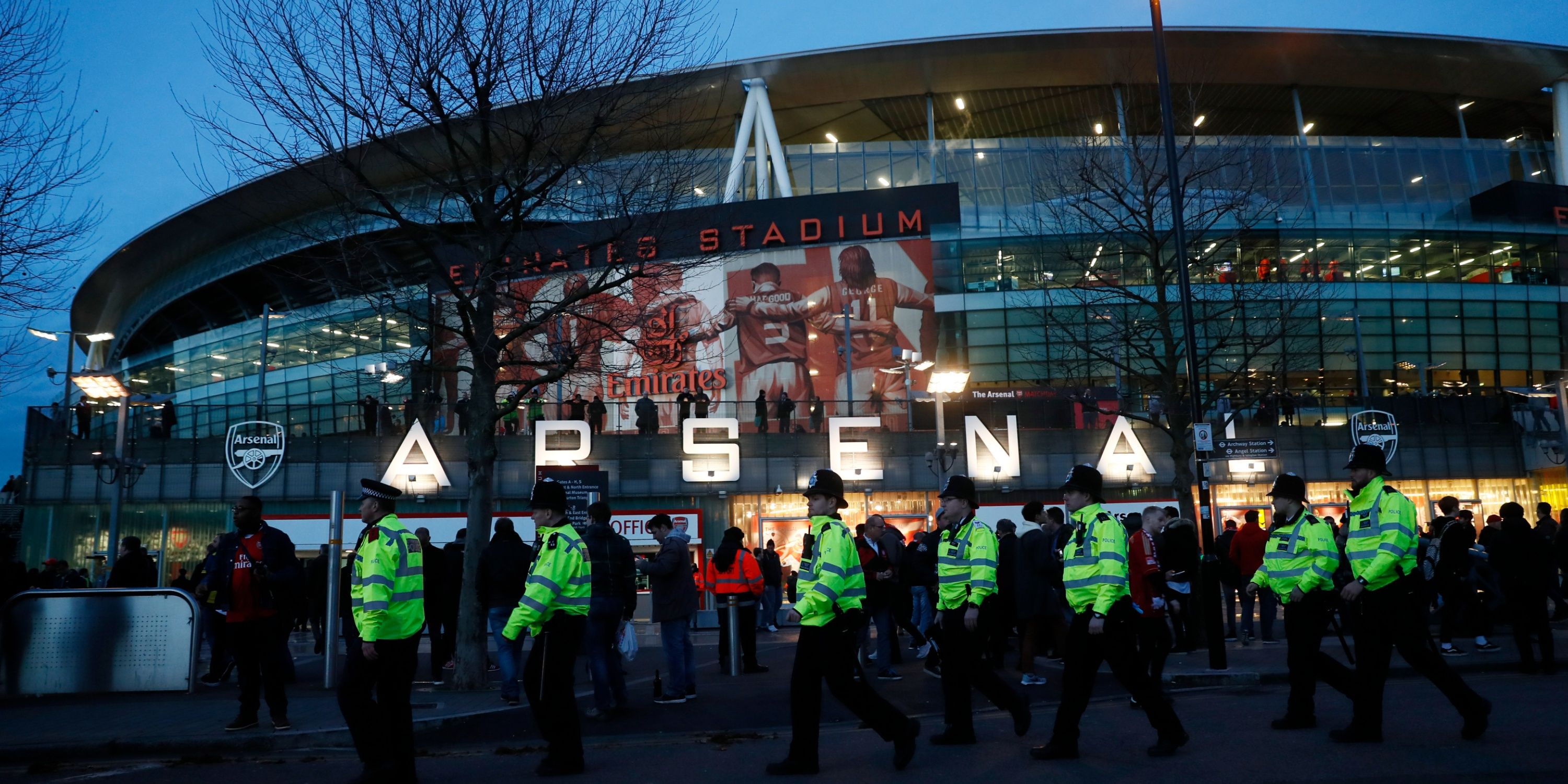
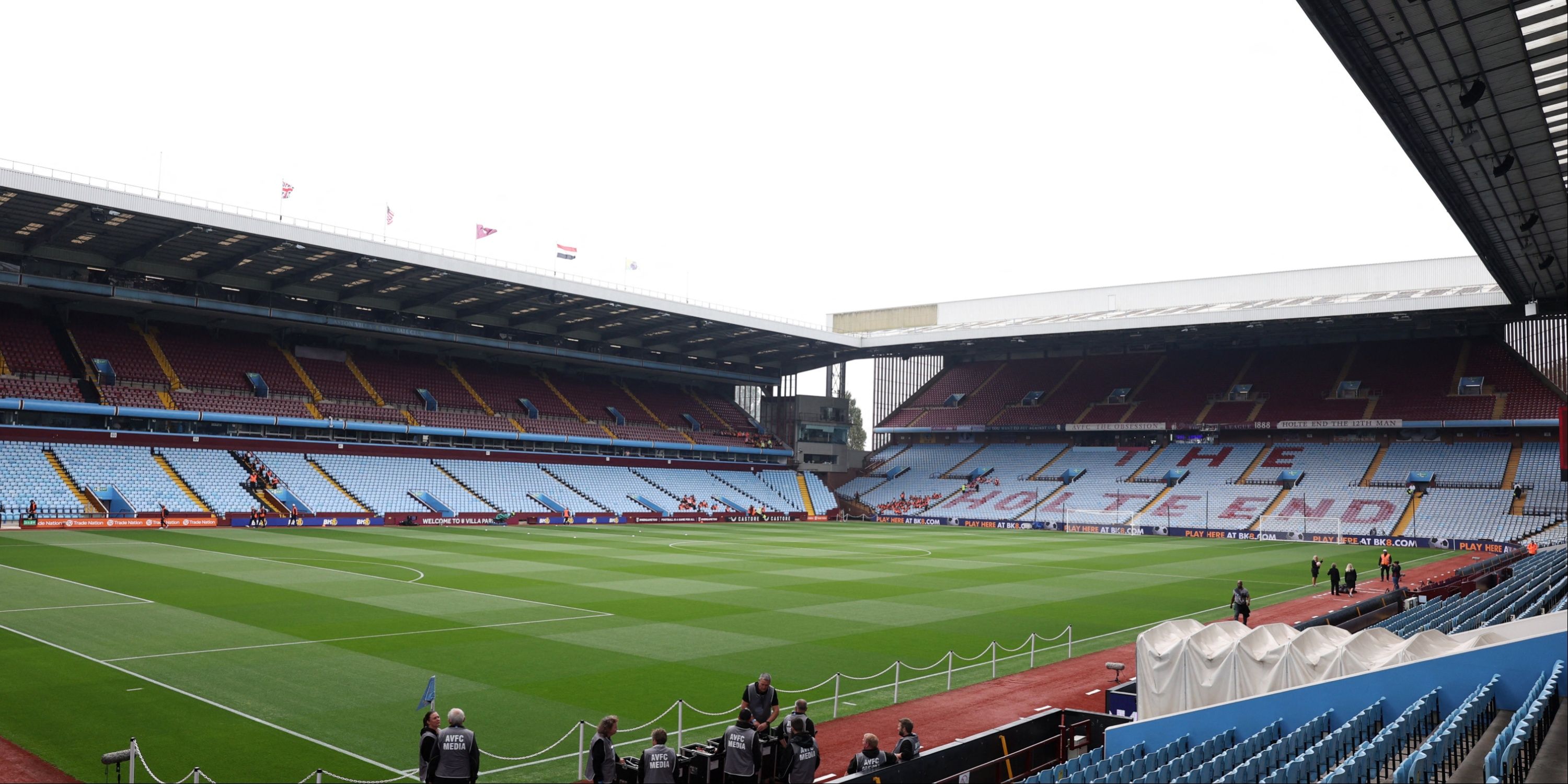
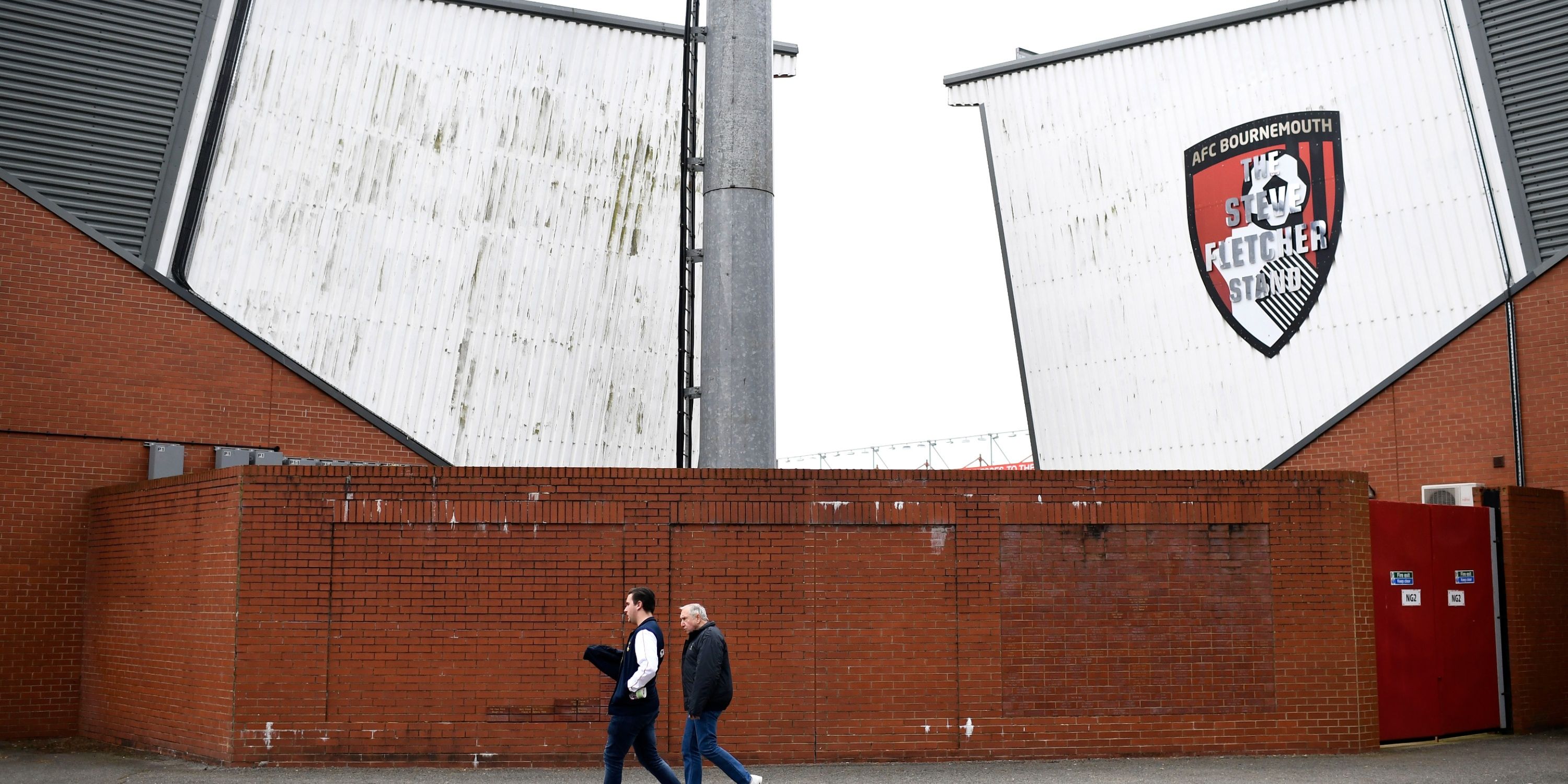
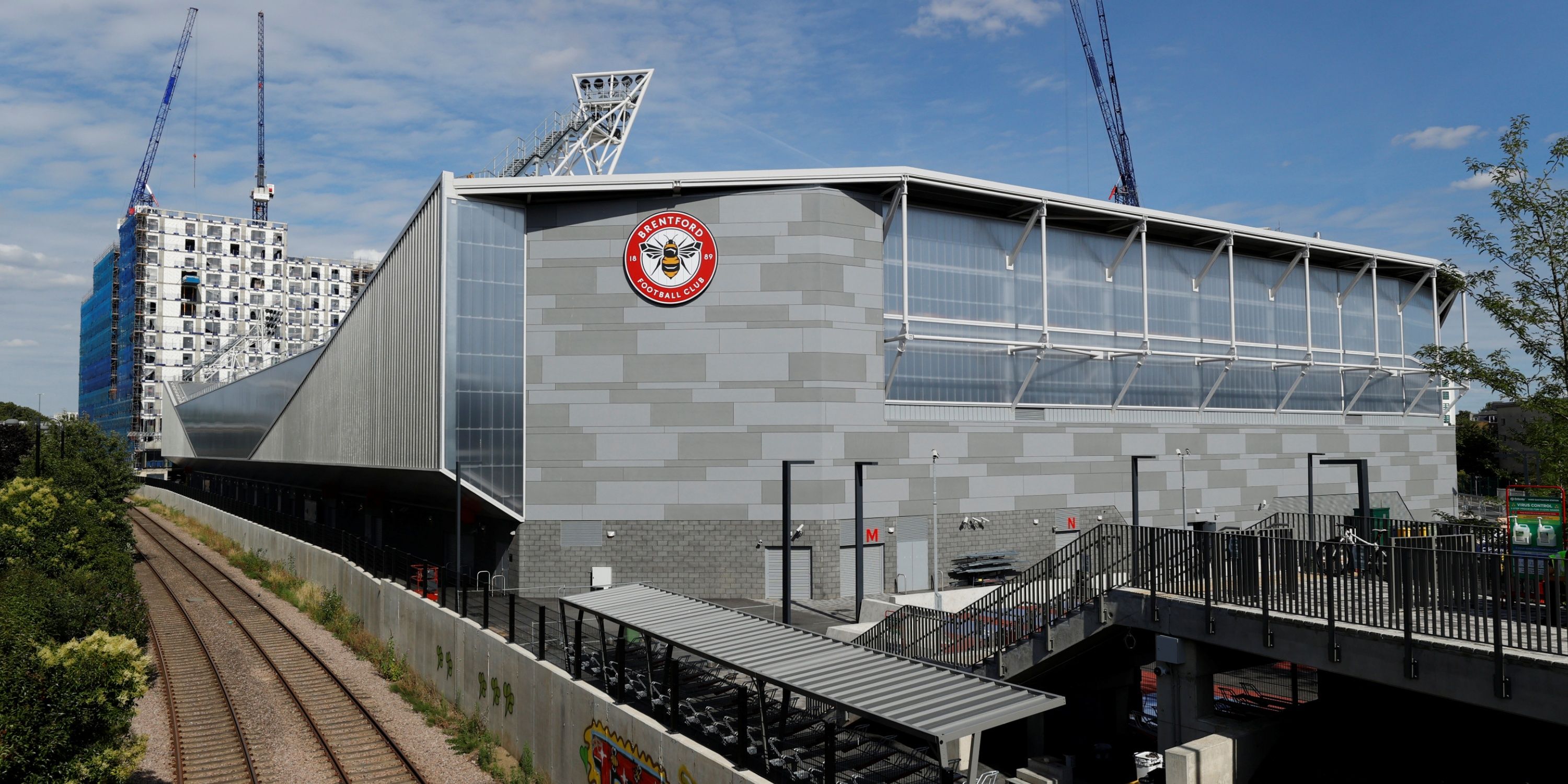
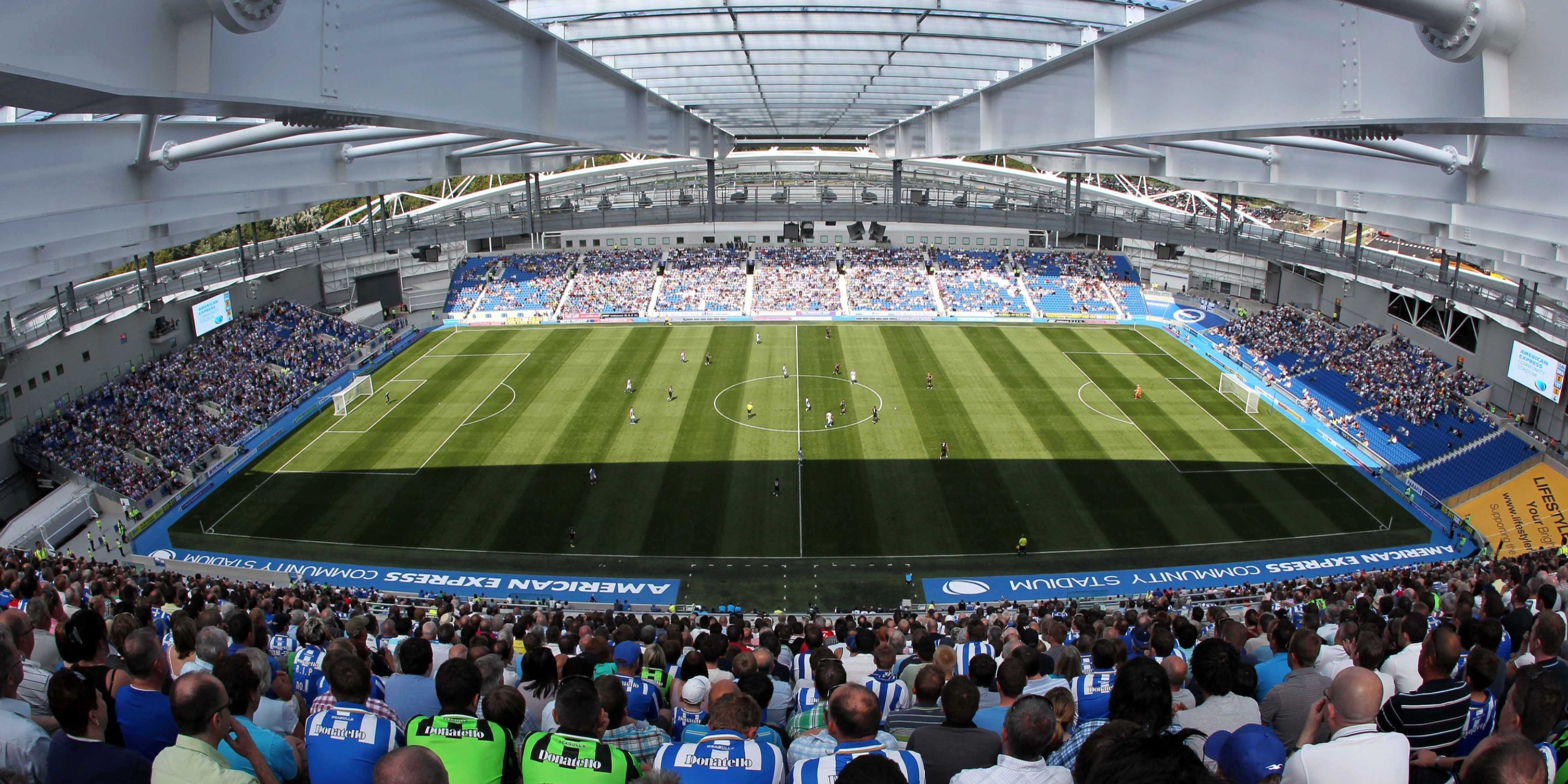
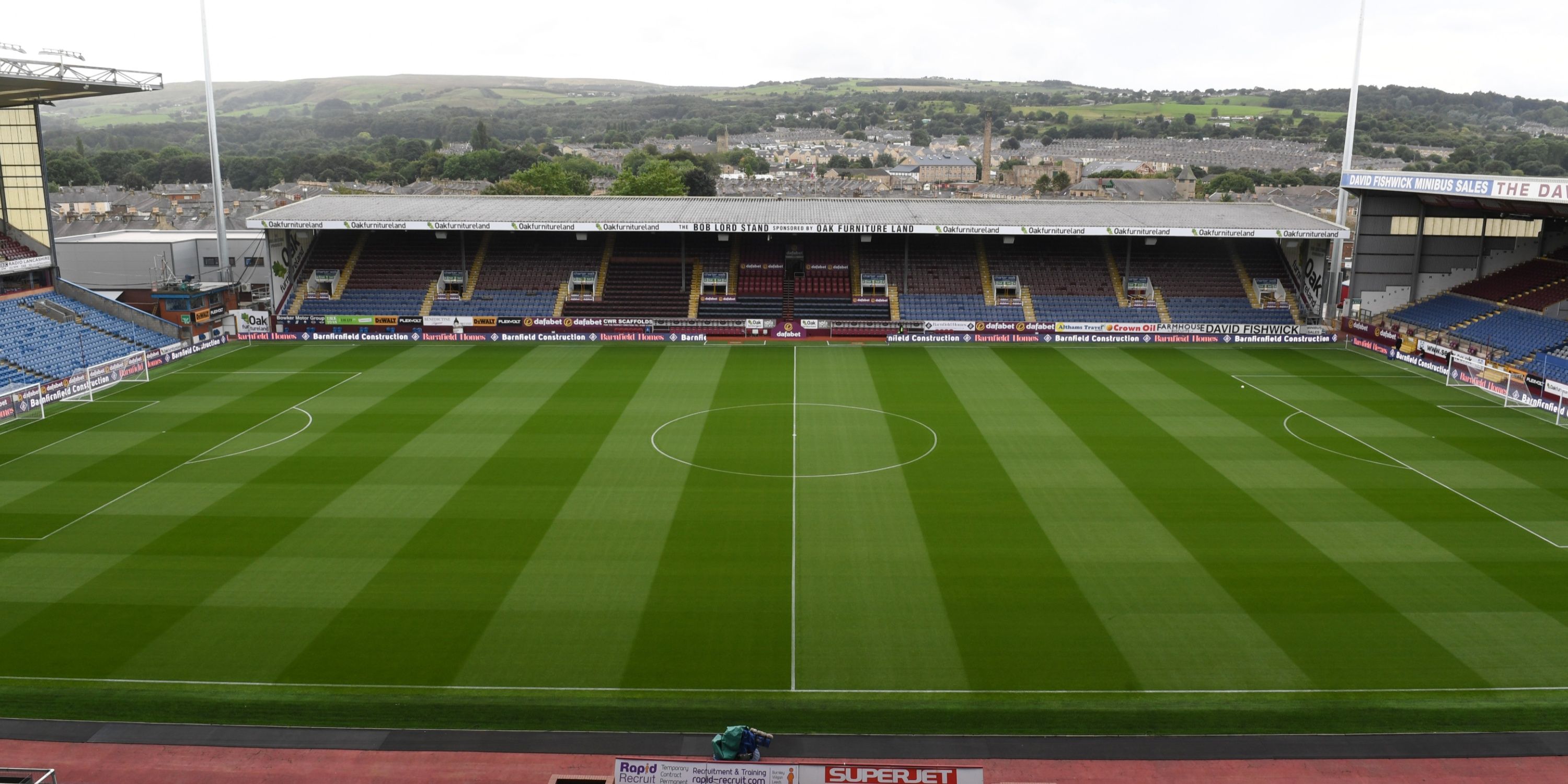
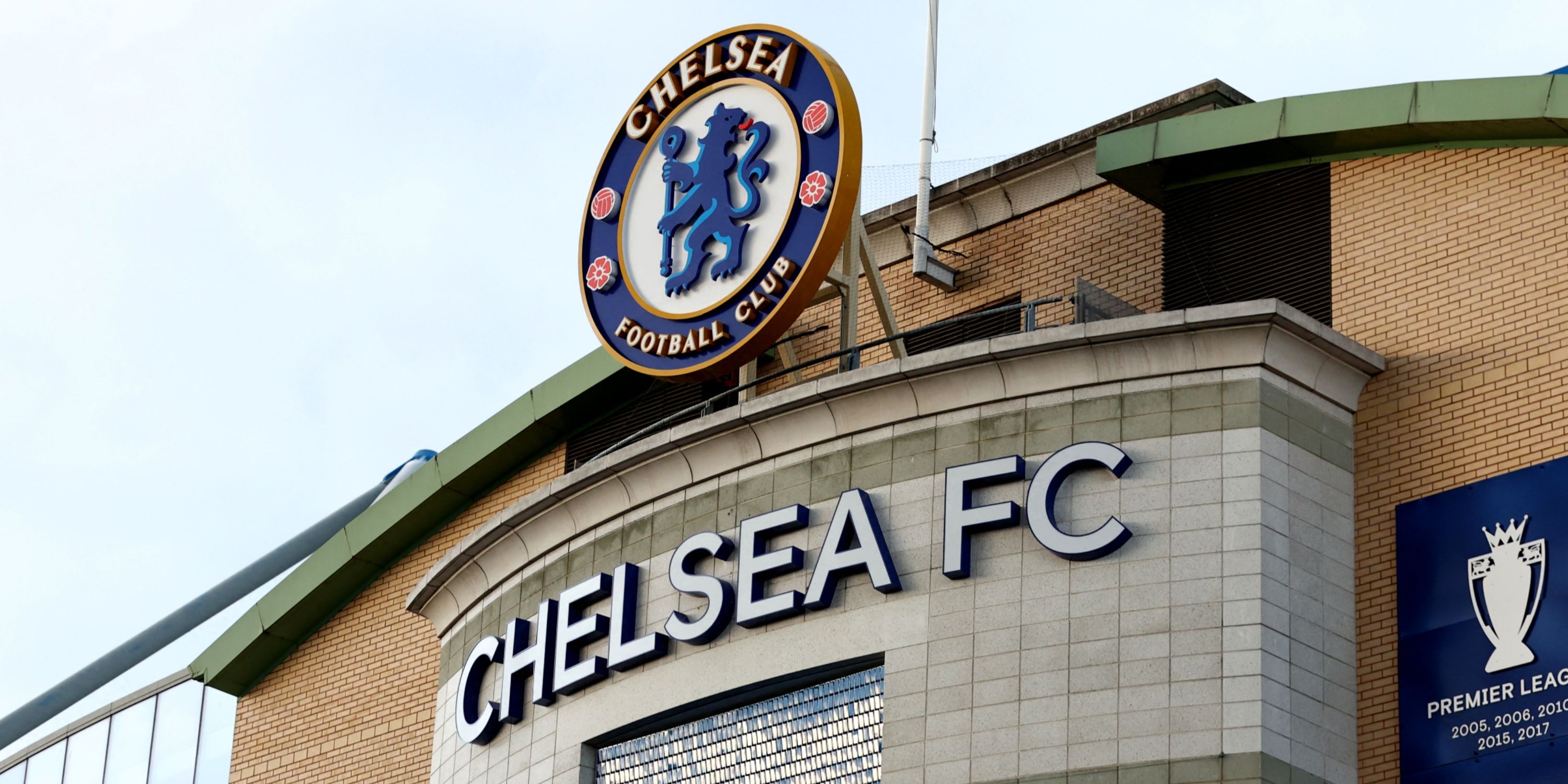
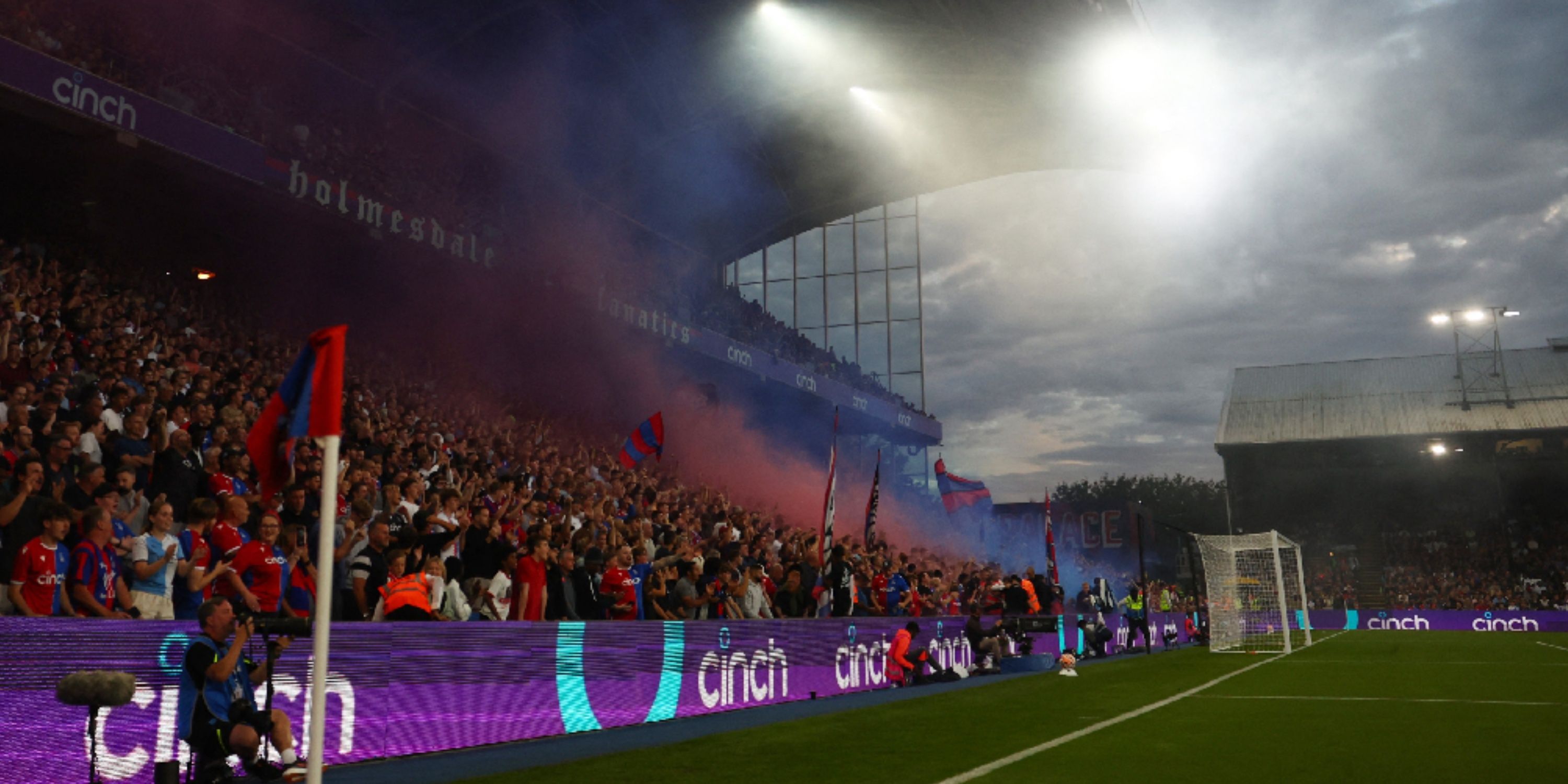
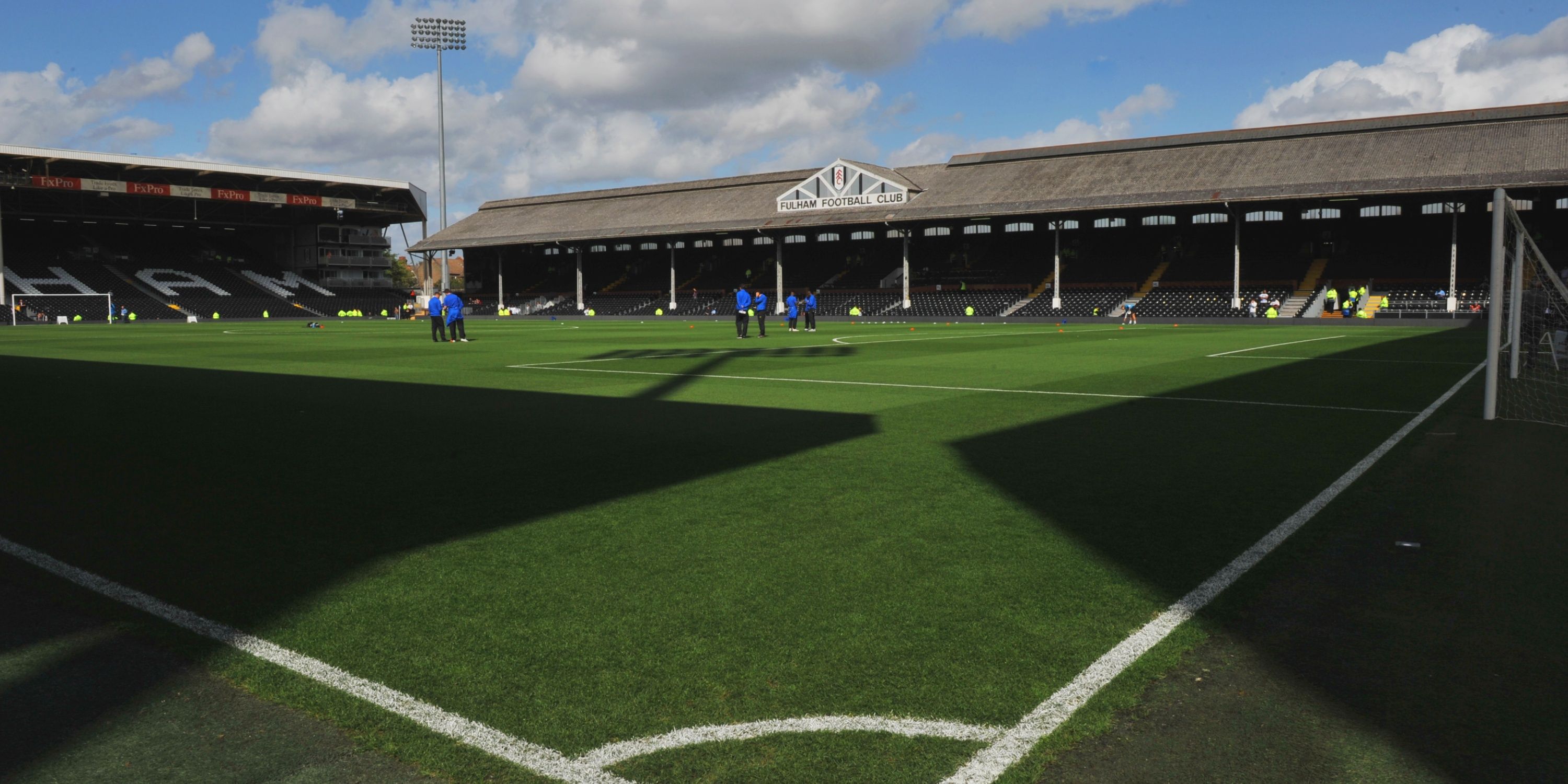
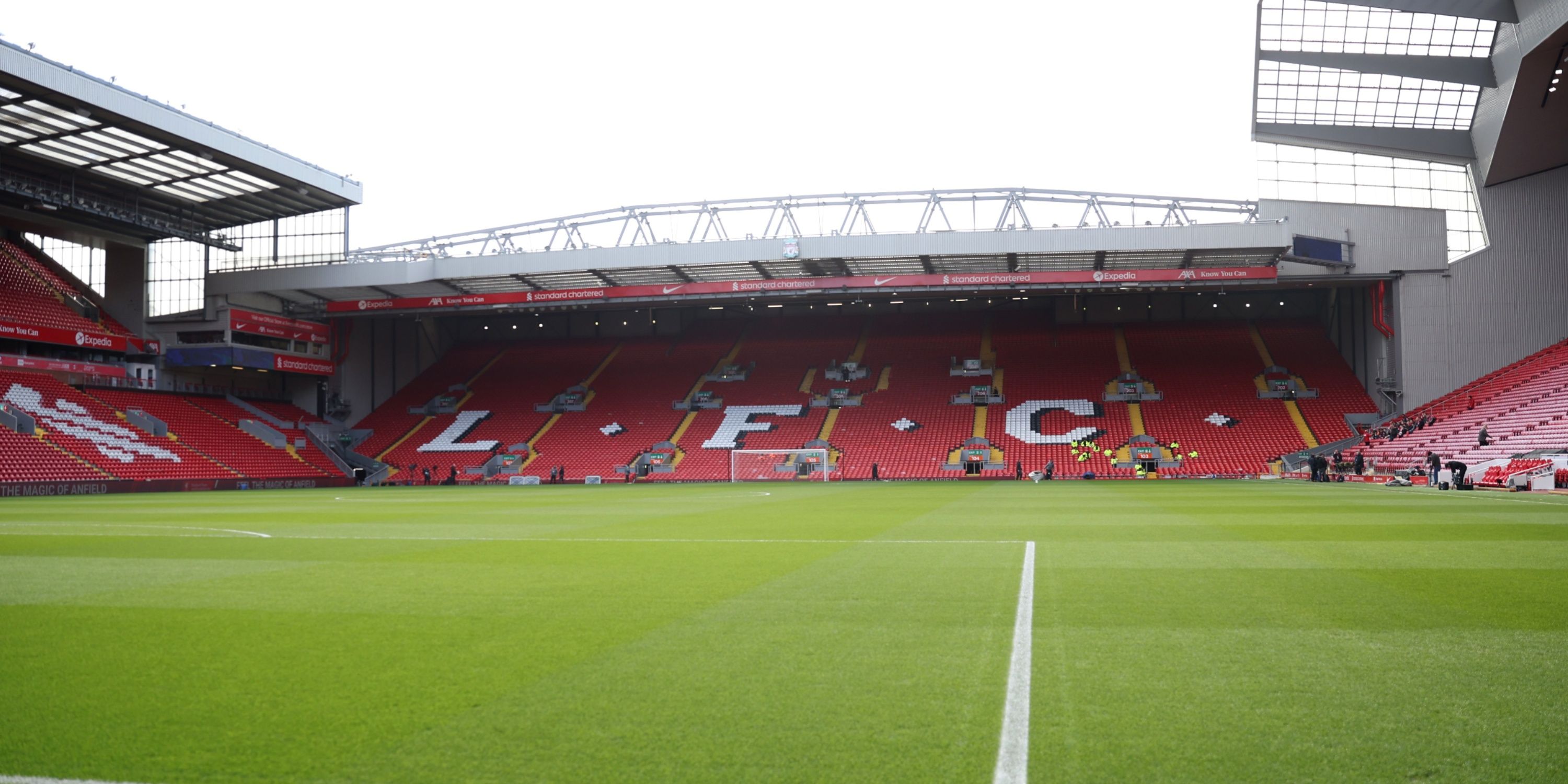
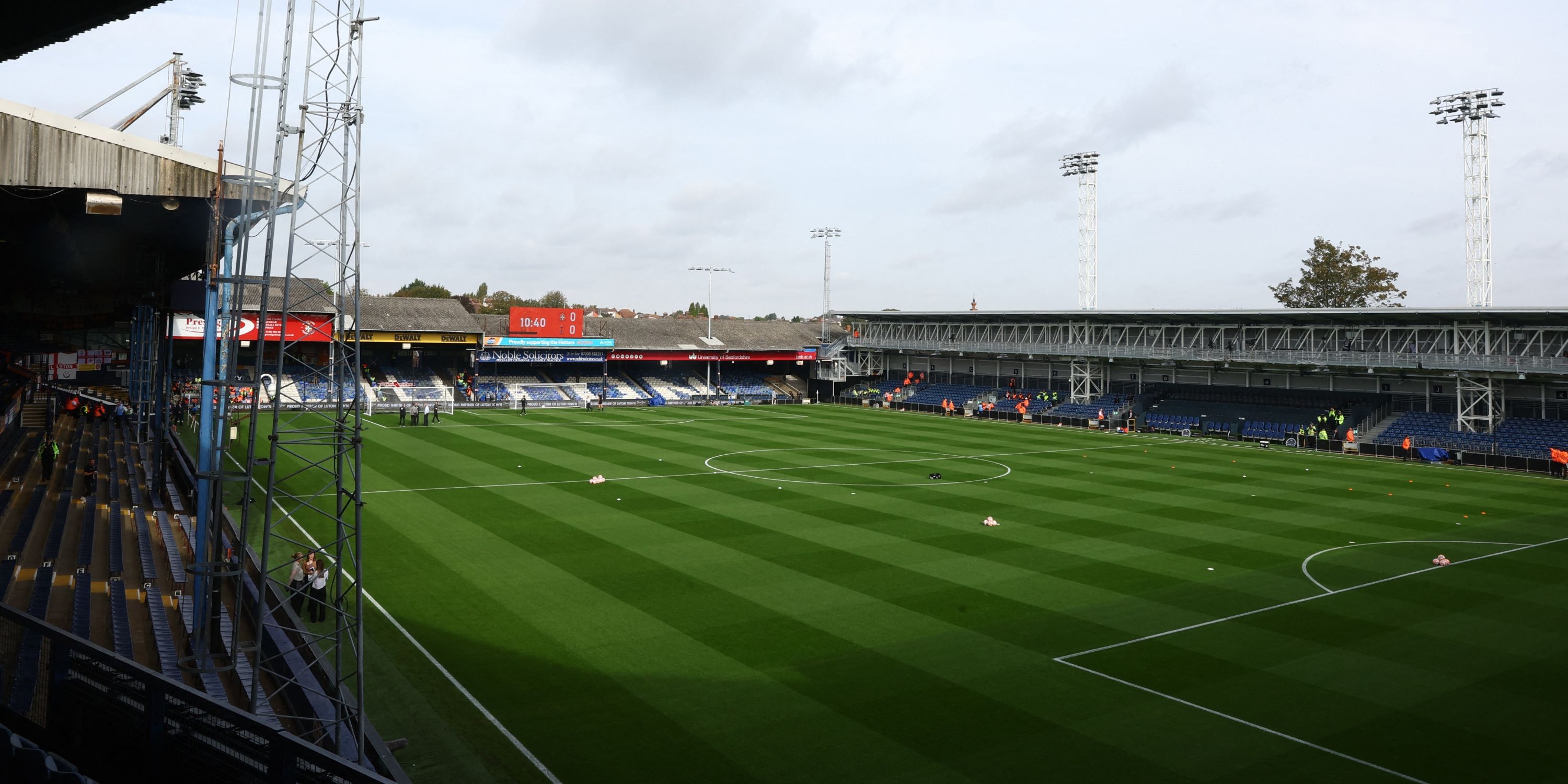
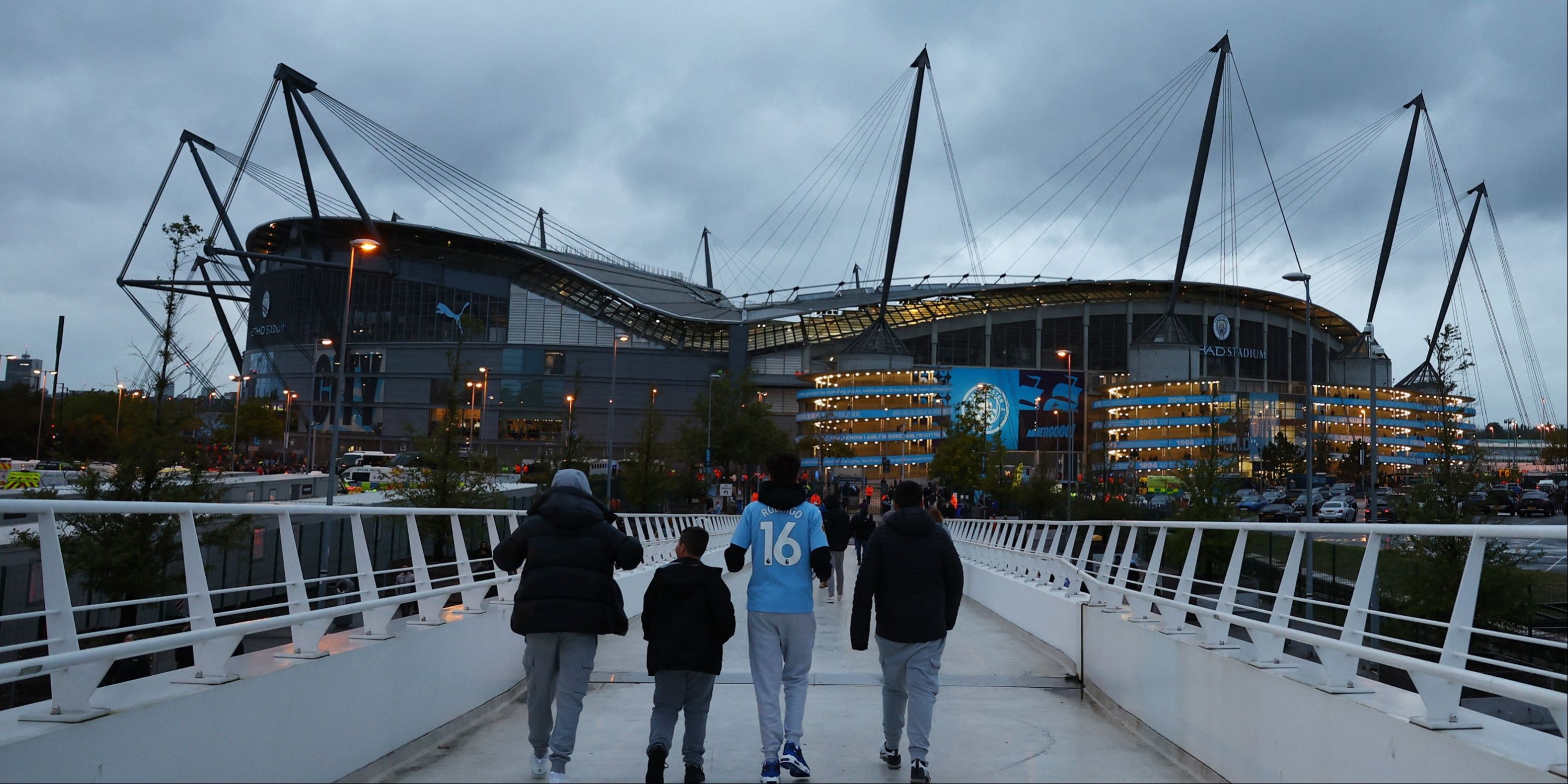
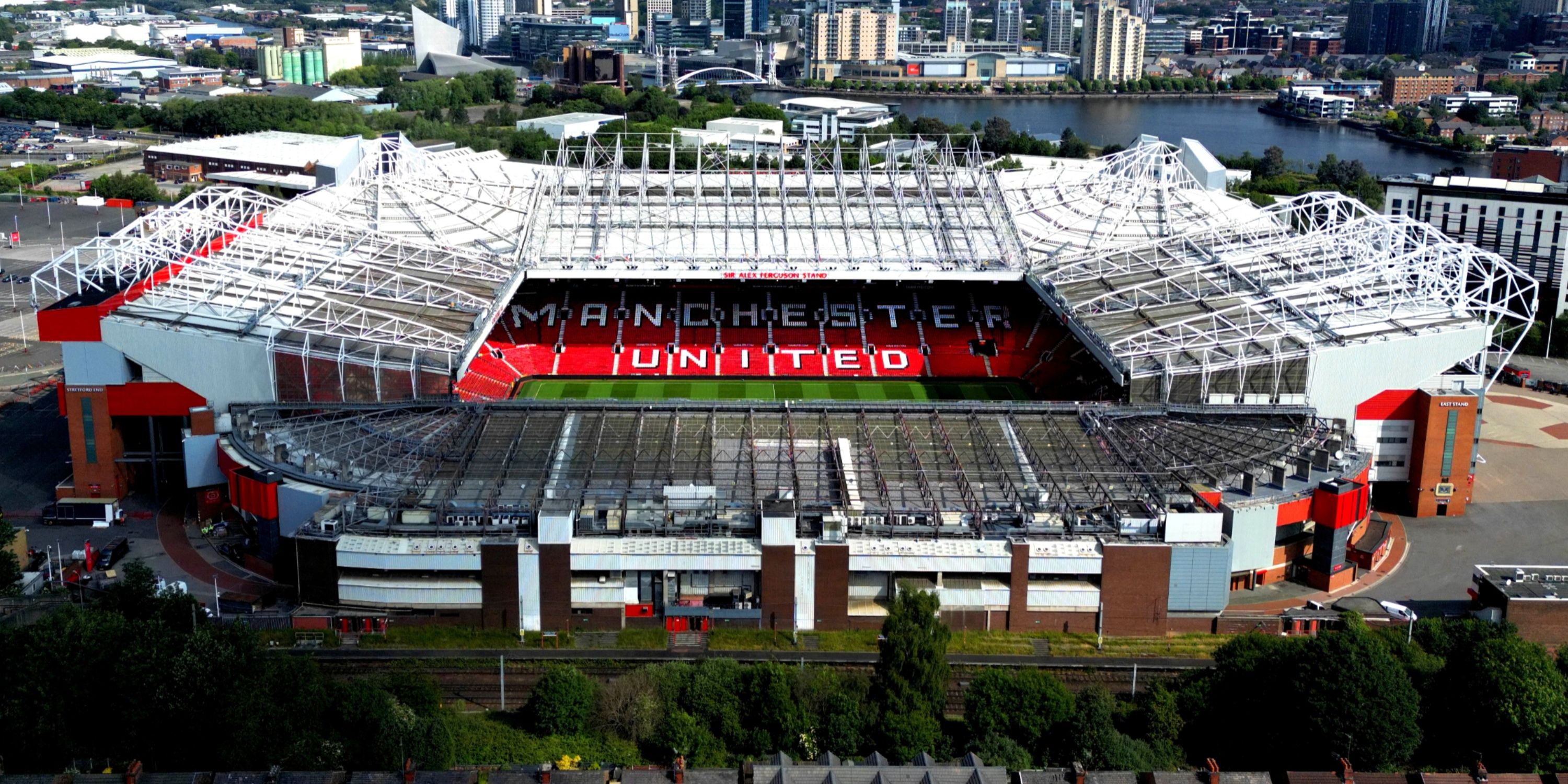
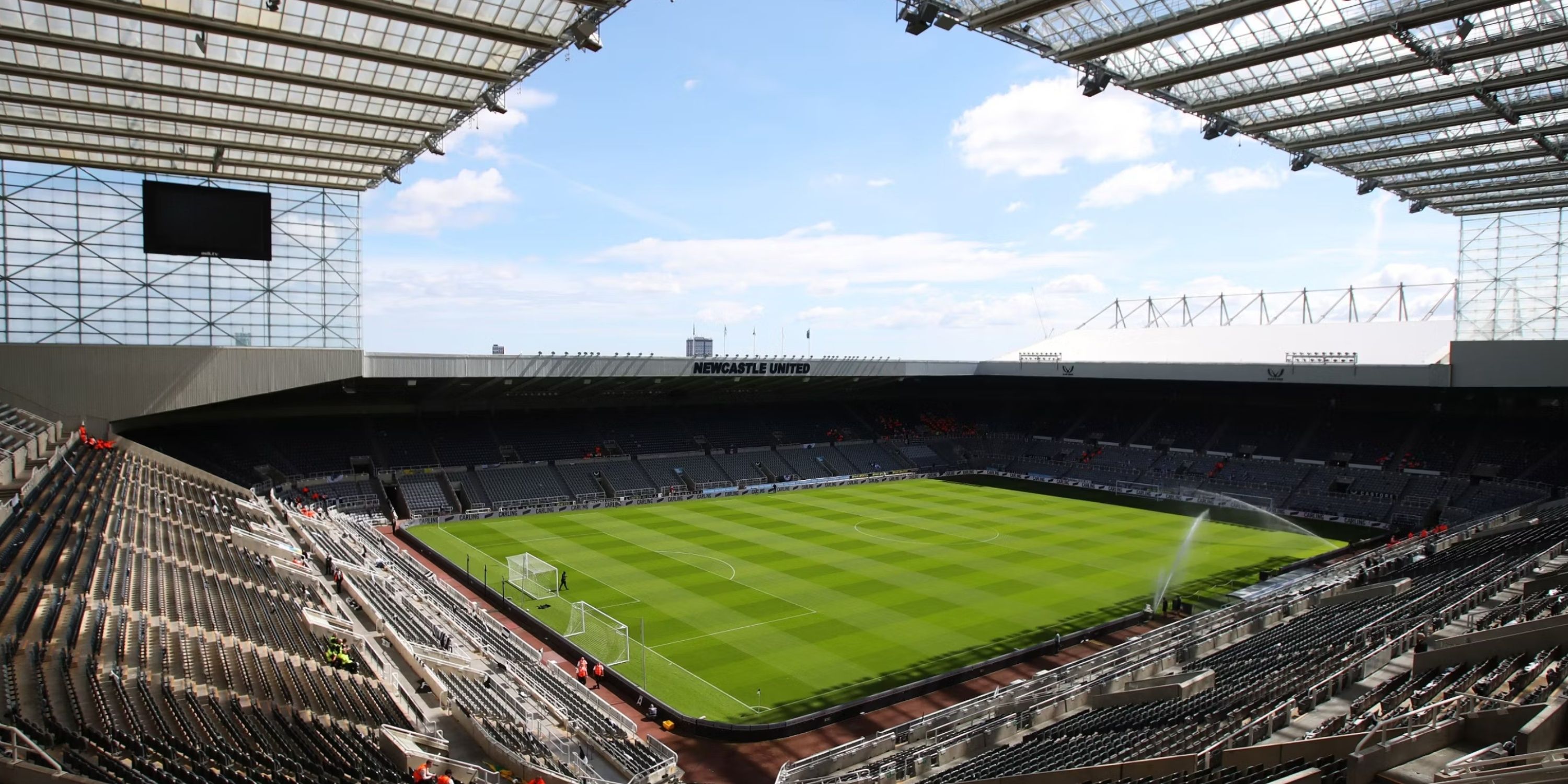
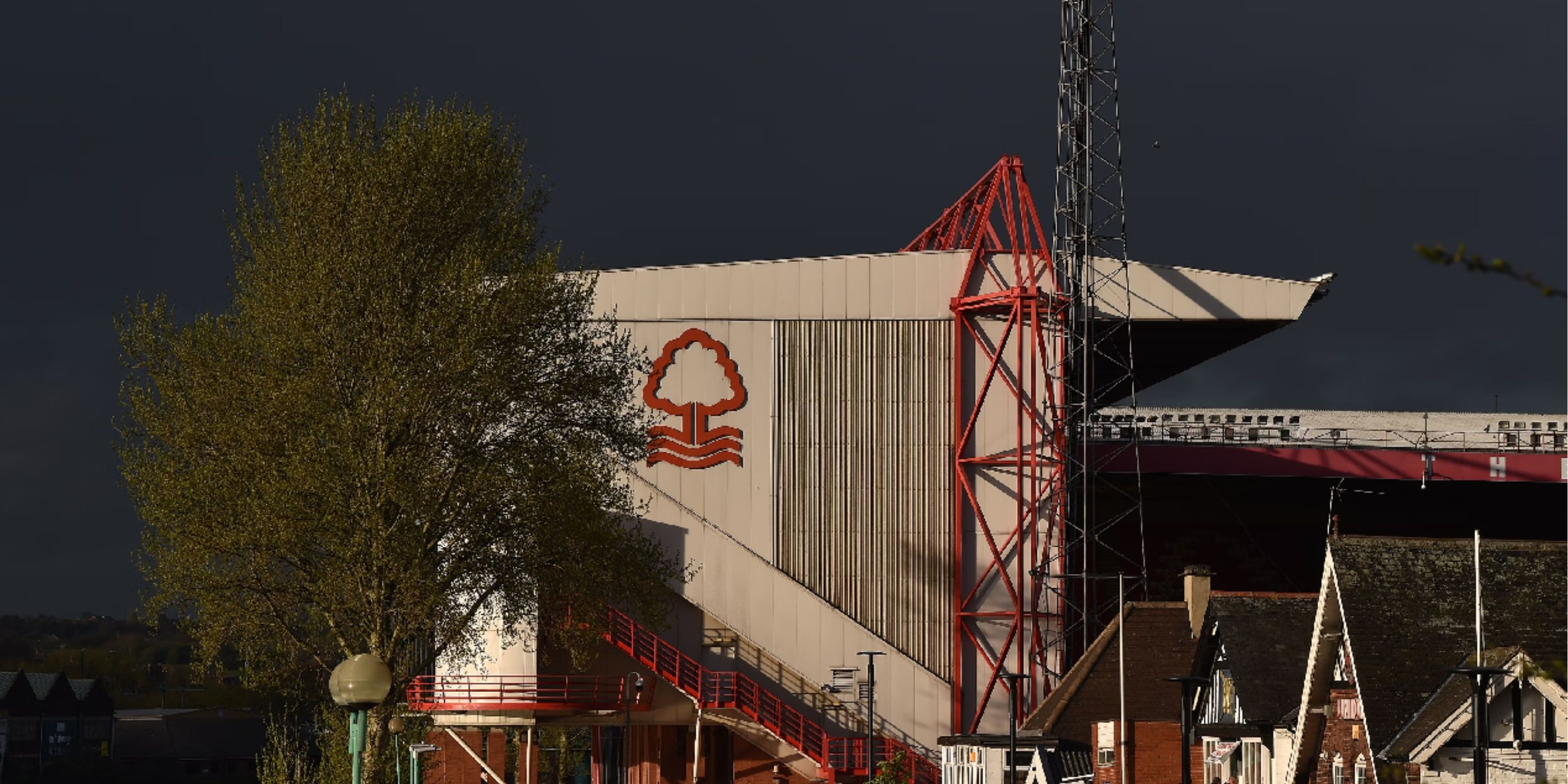
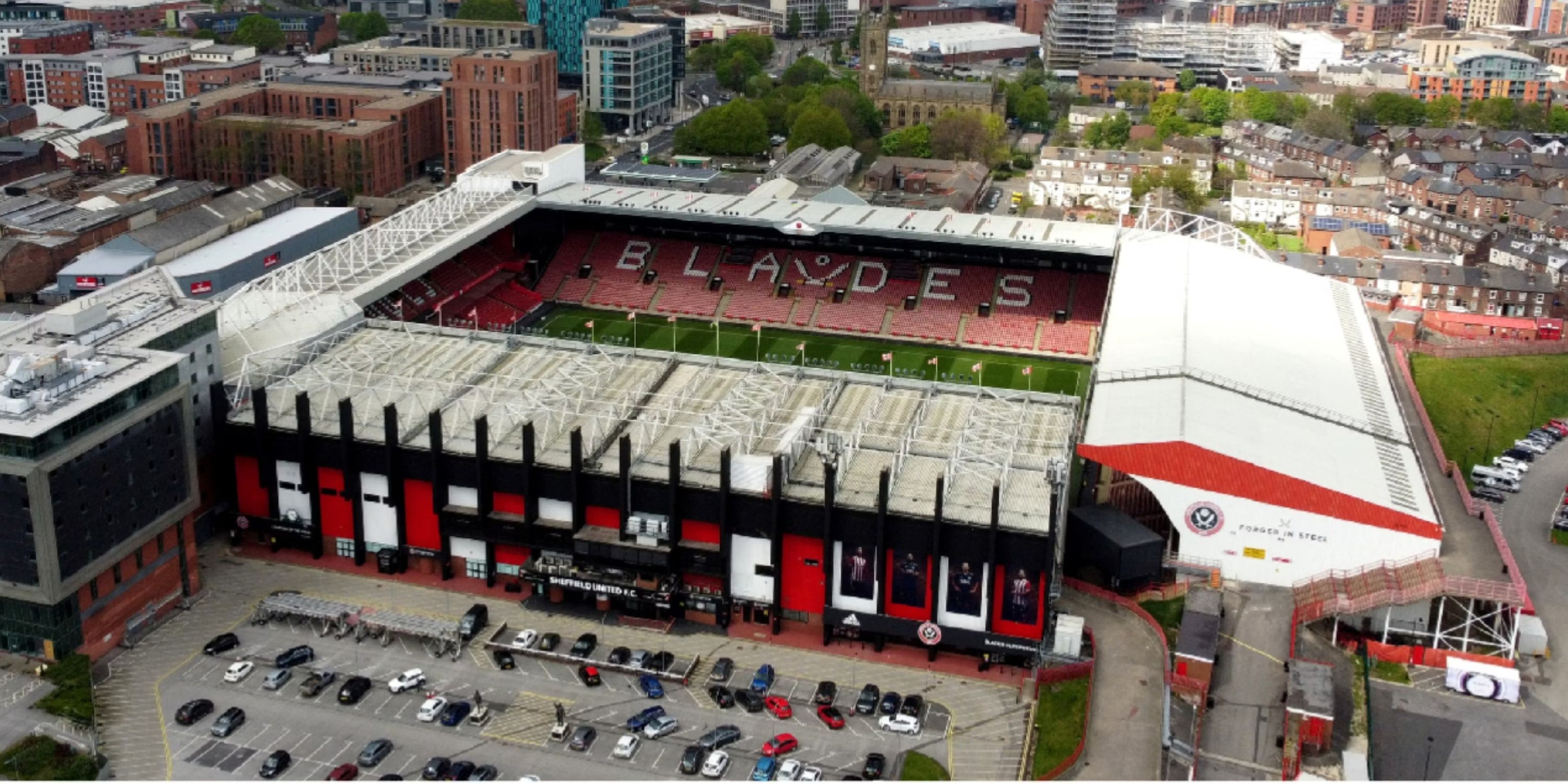
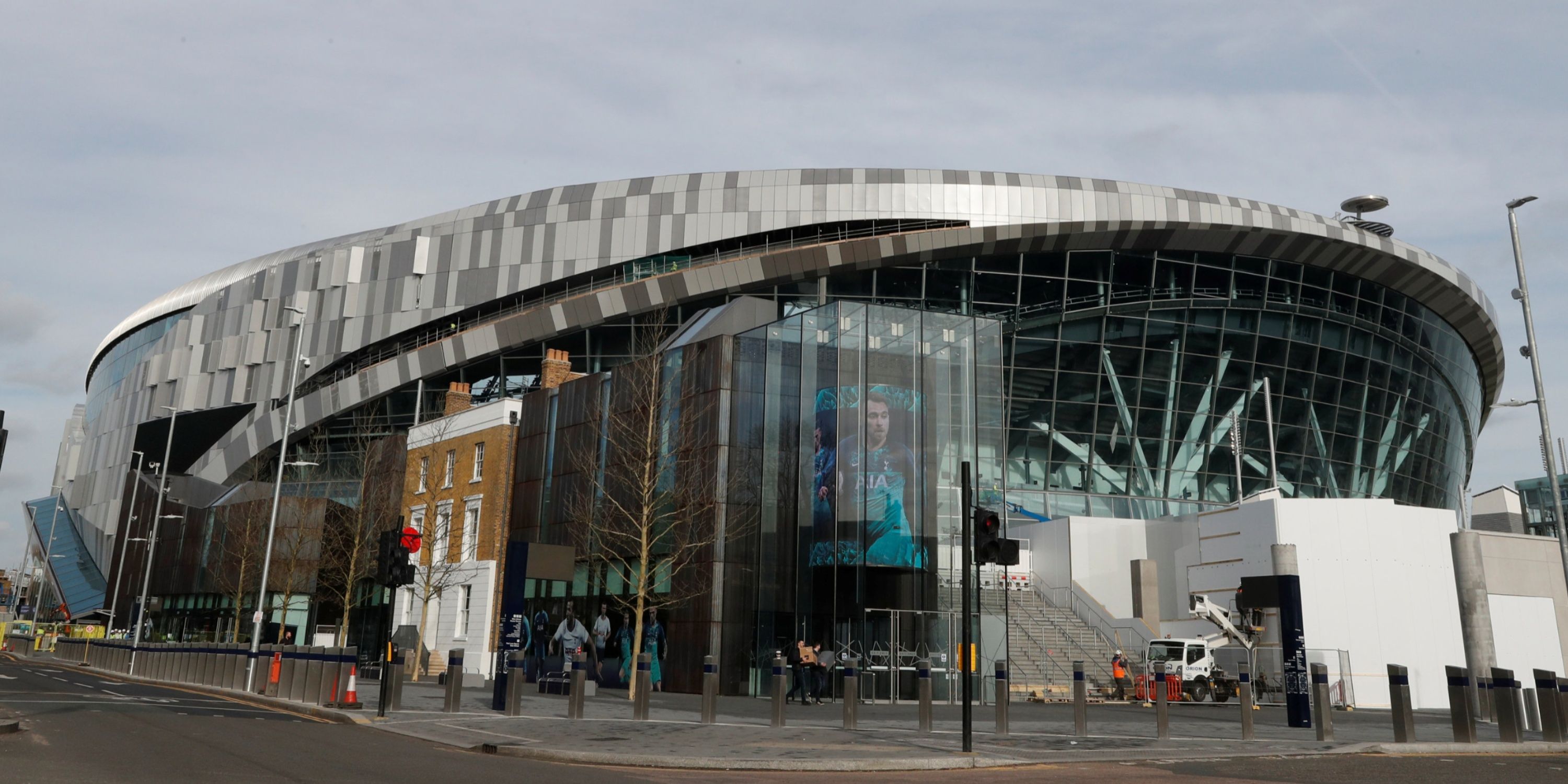
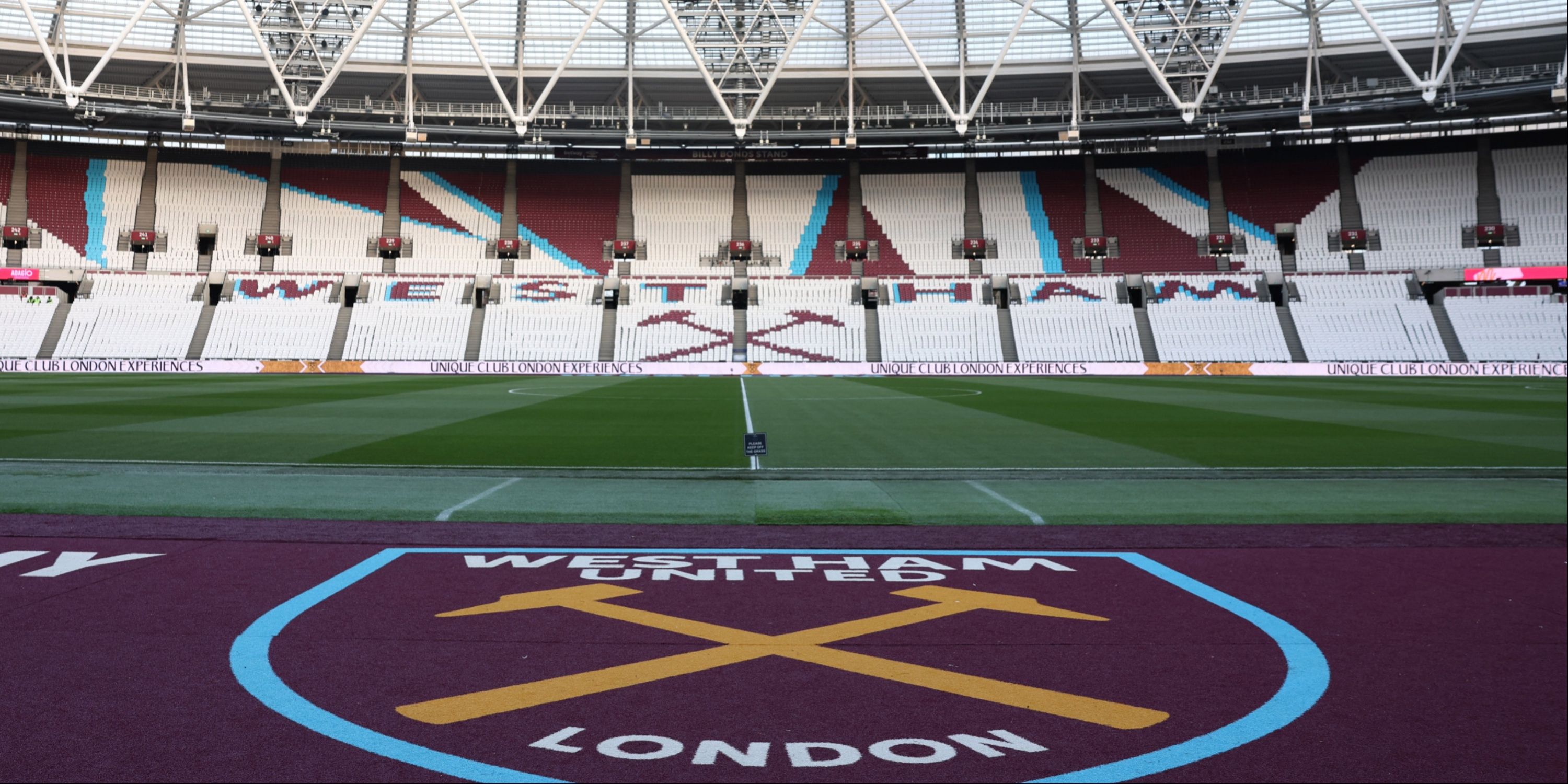

Leave a Reply